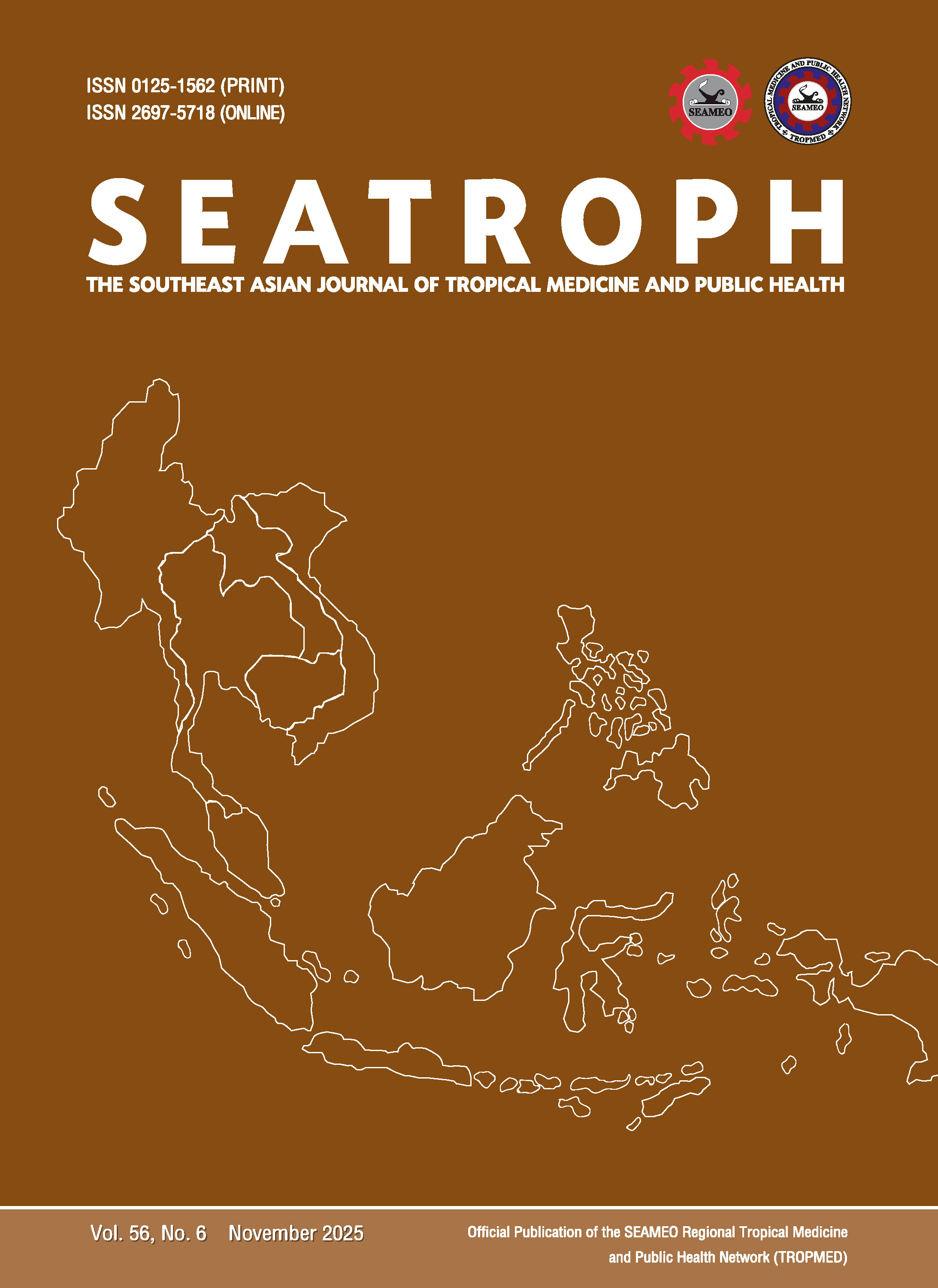EPIDEMIOLOGY OF SCHISTOSOMA HAEMATOBIUM INFECTION AMONG SCHOOLCHILDREN IN NORTHERN SUDAN
Keywords:
Prevalence, Haematobium , Schistosomiasis, Northern Sudan , schoolchildrenAbstract
Schistosomiasis is a major public health problem in endemic regions, particularly among school-aged children exposed to contaminated freshwater. In this study, we aimed to determine the prevalence of and sociodemographic factors associated with Schistosoma haematobium infection among primary school students in Alhafeer, Northern State, Sudan in order to inform efforts to control S. haematobium infection in the study population. Study subjects were randomly selected from 4 randomly selected study schools in the study area. Inclusion criteria for study subjects were being aged 7-14 years, attending a study school during the study period and being willing to participate in the study. Exclusion criteria for study subjects were not meeting inclusion criteria, failing to complete the study questionnaire or failing to provide the required study sample. The minimum number of subjects determined to be needed for the study was 365. Each subject was asked to complete the study questionnaire asking about demographics, paternal education and occupation, contact with bodies of water, toileting habits and the presence of a toilet at home. Each subject was also asked to provide a urine sample for microscopy to detect S. haematobium. All subjects positive for S. haematobium infection were treated. Chi-square and multivariate logistic regression analysis were used to determine associations between positive cases and selected independent variables, with statistical significance set at p-value ≤0.05. A total of 463 subjects were included in the study, 52.6% (n = 244) males. 202 subjects (43.6%) tested positive for S. haematobium infection. Of the subjects who tested positive, 135 (66.8%) were male. 109 subjects aged 7-10 years (54.0%) and 93 subjects aged 11-14 years (33.5%) tested positive for S. haematobium infection. 235 subjects (50.8%) swam in the canal and of these 135 (57.0%) tested positive for S. haematobium infection. 176 subjects (38.0%) urinated in the canal and among these 94 (53.4%) tested positive for S. haematobium infection. 130 subjects (28.1%) did not have a toilet in the house and among these 115 (88.5%) tested positive for S. haematobium infection. 333 subjects (71.9%) did have a toilet in the house and among these 87 (26.1%) tested positive for S. haematobium infection. The factors significantly associated with S. haematobium infection on the Chi-square test were swimming in the canal (p<0.0001), urinating in the canal (p<0.0001) and not having a toilet in the house (p<0.0001). The factors significantly positively associated with S. haematobium infection on multivariate logistic regression analysis were male gender (adjusted odds ratio (aOR) = 2.78; 95% confidence interval (CI): 1.90-4.06, p=0.0001) and a paternal education level of university level (aOR = 2.75; 95%CI: 1.40-5.40, p=0.010). In summary, the prevalence of S. haematobium infection among study subjects was high and more common among swimming in the canal, urinating in the canal, not having a toilet in the house, being a male and having a father with a university level education. We conclude, efforts to control S. haematobium infection should focus on preventing swimming and urinating in the canal, having a toilet in the house and should target males and those with a father with a university level education. Further studies are needed to determine what types of programs are needed to make these changes and reduce the proportion of subjects with S. haematobium infection in the study population.




